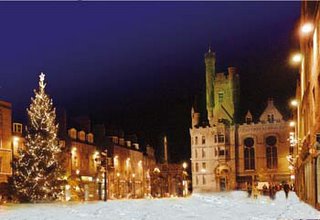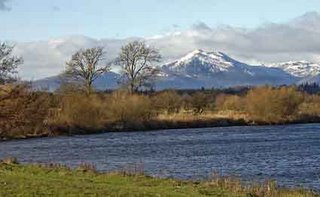
Hogmanay: it's the one night of the year when everyone wants to be Scottish, taking part in the world-famous hedonism of the New Year celebrations, singing the centuries-old words of Robbie Burns in a rendition of Auld Lang Syne . Why is 31st December so inextricably linked with Caledonian capers and enchanted Celtic rituals?
According to the BBC, the origins of Hogmanay are a heady mix of arcane customs, Celtic revelry and pagan behaviour. The word itself probably comes from the Old French aguillanneuf, meaning the "last day of the year", harking back to a time when gifts where given and received. Because people used to go round houses guising for food, the day was also known as Cake Day.
John MacTaggart, writing in 1824, has a most intriguing explanation of the word's origins:"I think Hog-ma-nay means hug-me-now." MacTaggart proposed that the word comes from a time when kissing to greet someone was a more common greeting.
It is a great time of year to be Scottish. There are now celebrations in most towns and cities across Scotland. The party in Edinburgh draws a huge number of party goers and is well worth visiting.
Here from our Scottish Christmas card collection a picture of Edinburgh Castle from Charlotte Square at the west end of George Street.
Wishing you all the best for 2006
Yours Aye
Gordon Flavell
www.flavell.com








